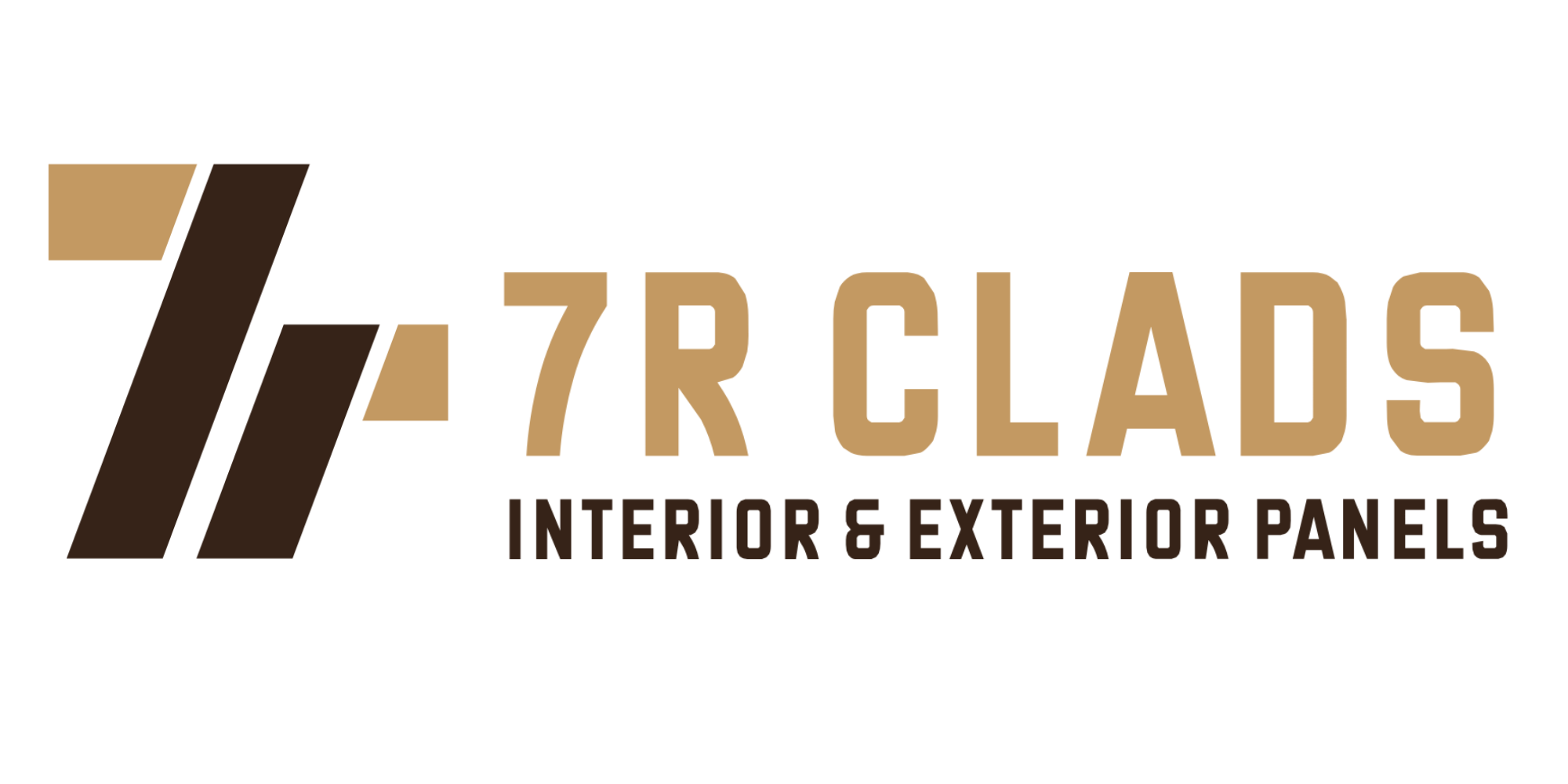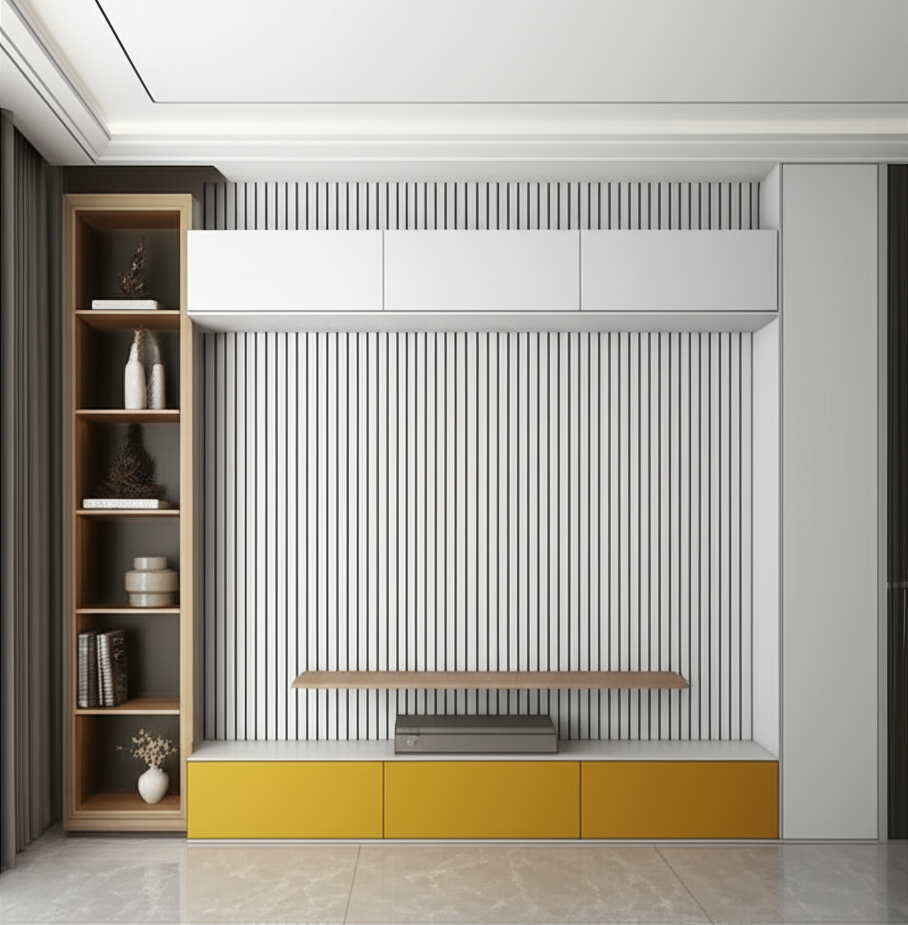If you’re considering PVC panels for your home renovation, bathroom upgrade, or commercial project, one of the most important questions you’ll ask is: are they actually waterproof? The answer is more nuanced than a simple yes or no, and understanding the details will help you make an informed decision.
What Are PVC Panels?
PVC (polyvinyl chloride) panels are synthetic materials made from plastic polymers. They’ve become increasingly popular in modern construction because they’re affordable, easy to install, and require minimal maintenance. You’ll find them used in bathrooms, kitchens, basements, and outdoor applications where moisture exposure is a concern.
Are PVC Panels Truly Waterproof?
The short answer is: yes, PVC panels are inherently waterproof. The material itself doesn’t absorb water, and it won’t rot, swell, or deteriorate when exposed to moisture. This is one of the primary reasons homeowners and builders choose PVC over traditional materials like wood or drywall in wet environments.
However, there’s an important distinction to understand: while the panels themselves are waterproof, your installation must also be waterproof to provide complete protection to your walls and substructure.
Understanding the Installation Challenge
This is where many people encounter problems. PVC panels are only as good as how they’re installed. Here are the key considerations:
Seams and Joints: The most vulnerable points in any PVC panel installation are the seams where panels connect to each other. If water finds its way behind the panels through poorly sealed joints, it can damage the underlying wall, insulation, or studs. Using proper waterproof sealants, caulk, or specialized trim pieces at all seams is essential.
Fastening Points: Screws, nails, or adhesives used to attach the panels can create pathways for water infiltration if not properly installed. This is why using marine-grade fasteners and waterproof adhesives is recommended, especially in high-moisture areas.
Edges and Trim: The top, bottom, and sides of your panel installation need proper edging to prevent water from entering behind the panels. Quality trim pieces and corner guards direct moisture away from vulnerable areas.
Substrate Preparation: The surface behind your panels matters. Even though PVC panels won’t absorb water, moisture trapped behind them can cause problems with the underlying structure. Proper underlayment and ventilation can help mitigate this.
Applications Where PVC Panels Excel
PVC panels are particularly effective in these situations:
Bathrooms and Wet Rooms: The moisture-resistant properties make them ideal for shower surrounds and bathroom walls. They’re easier to clean than tile and more affordable than custom solutions.
Basement Walls: PVC panels help protect basement areas from moisture while being easier to install and maintain than traditional waterproofing methods.
Kitchens: Splashes and spills don’t pose a problem for PVC, making them practical for backsplashes and wall areas.
Outdoor Structures: Covered patios, pool areas, and other outdoor spaces benefit from PVC’s weather resistance.
Commercial Kitchens and Food Service: The non-porous, easy-to-clean surface meets hygiene requirements in professional environments.
Best Practices for a Waterproof Installation
To ensure your PVC panel installation provides maximum waterproofing benefits, follow these guidelines:
Start with thorough substrate preparation by cleaning and drying the wall completely before installation begins. Install proper underlayment or moisture barriers if recommended by the panel manufacturer. Use high-quality waterproof sealants at every seam and joint, and consider using silicone caulk for areas prone to movement. Install appropriate trim pieces, flashing, and corners to direct water away from the panels. Ensure proper ventilation behind the panels to prevent moisture accumulation. Follow the manufacturer’s installation instructions precisely—they’ve engineered the system with specific requirements for optimal performance.
Maintenance and Longevity
One of the benefits of choosing PVC panels is their low maintenance. Regular cleaning with mild soap and water is usually sufficient. However, it’s wise to periodically inspect seams and caulking for any signs of deterioration and recaulk as needed to maintain the waterproof seal.
Cost and Value Comparison
PVC panels typically offer better value than many alternatives. While they may cost less than natural stone or high-end tile, they provide comparable waterproofing at a fraction of the price. They’re also quicker to install than many alternatives, reducing labor costs.
The Bottom Line
PVC panels are indeed waterproof—the material itself won’t let water through. What matters is ensuring your installation is properly executed with attention to seams, edges, and substrate preparation. When installed correctly, PVC panels offer a durable, affordable, and low-maintenance waterproofing solution that will protect your walls and underlying structures for years to come.
Before starting your project, invest in quality materials, follow best practices, and don’t hesitate to consult with professionals if you’re unsure about any aspect of the installation. Your future self will thank you for getting it right the first time.

